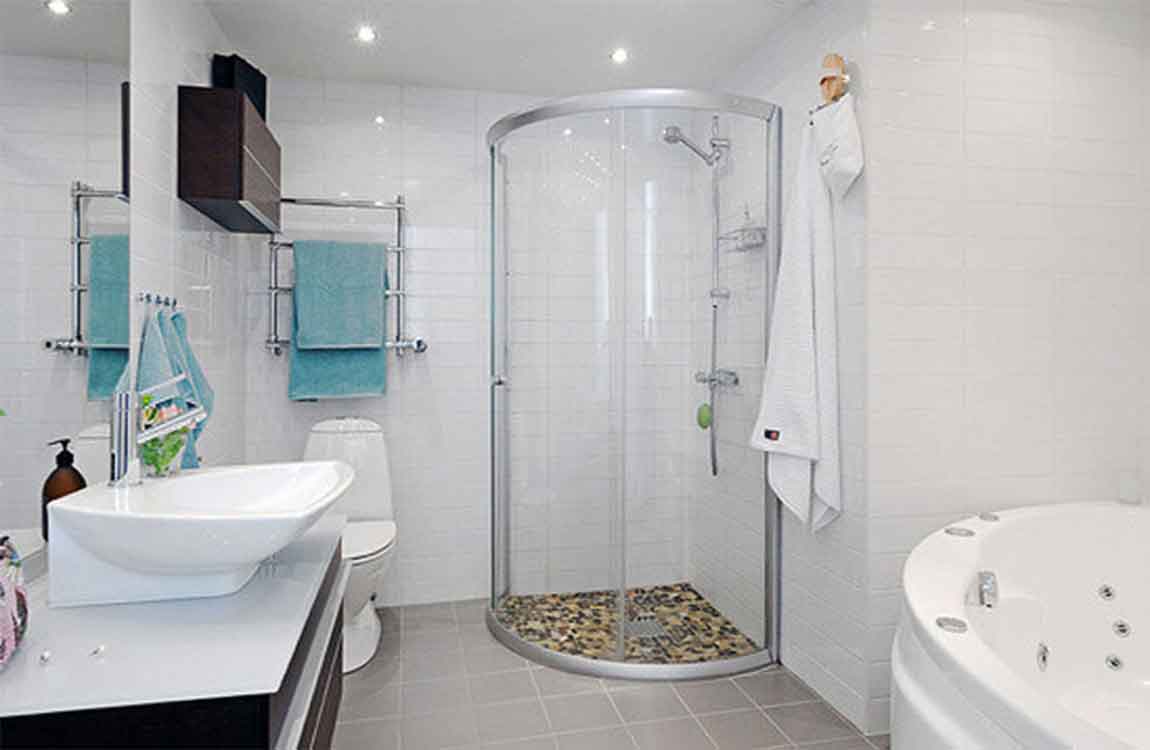How to Fix a Leaky Bathtub Faucet?

Dripping bathtub faucets can increase your water bill every month. Many people attempt to turn the faucet handles tighter and inadvertently shred the seals even further. Although a plumber is needed to fix major problems, you can repair most broken washers, gaskets and seals yourself with a few special tools.

If you are unable to find a bath socket wrench, you can use a vice grip to hold onto the stem bonnet and loosen it. Insert the seat wrench into the opening where the faucet was. It has an elongated end so that you can stick it deep into the seat and turn it counterclockwise to remove the seat. The seat is the back portion of the faucet that extends into the pipe.

Turn the water back on and test your repair job. If you spring a new leak, you may want to call a plumber. The finish should not be affected by you removing the tape, but with some finishes, it still may not be ready for use. Read the instructions on the bathtub finish you purchased to know how long it needs to cure completely before you use the bathtub again.

Press the razor into the tub surface at a 45 degree angle, then slide it into the caulk repeatedly to scrape it up. If any proves harder to remove, scrape it off with 120 grit sandpaper. This may be the longest, hardest portion of the job, as all the caulk needs to be removed. Rinse or brush away the caulk as you remove it so you can easily see what you’re doing.

Check the drain shoe from the access panel you cut earlier so see if any water is leaking underneath your tub. Check with your city’s waste department to find out how to properly dispose of the old bathtub. Don’t attempt to lift a cast-iron or steel tub out by yourself since they can be extremely heavy.








